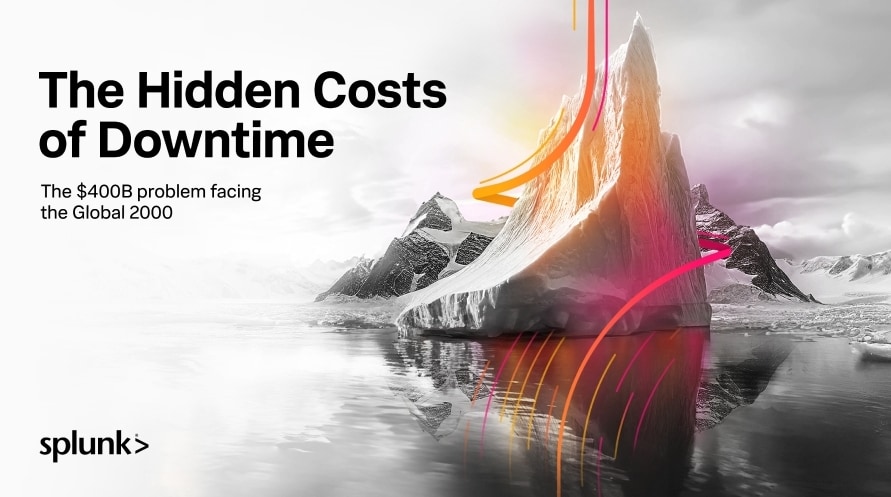AI in SLED Is Evolving Fast—Here’s How to Stay Ahead

AI adoption across SLED (State, Local, and Education) organizations is accelerating—but few are truly prepared for what's next.
Beyond ChatGPT-style interactions, the AI journey is rapidly progressing. It's moving from basic Generative AI (Gen AI) use cases to Retrieval-Augmented Generation (RAG), and now to Agentic AI, where systems act autonomously based on goals and real-time inputs. This progression unlocks massive potential but also exposes organizations to new levels of complexity, risk, and operational demand.
Many SLED institutions face a critical decision: whether to embed off-the-shelfAI capabilities into existing tools or invest in developing their own large language models (LLMs). Regardless of the chosen path, one truth remains paramount:AI is only as effective as the visibility you have into its behavior, performance, and risks.
The Cost of Blind Spots
AI systems are inherently probabilistic and dynamic. That means they don’t fail in predictable ways—especially at scale.
When a Generative AI model hallucinates policy guidance, a RAG pipeline fails to retrieve up-to-date legal information, or an Agentic AI makes decisions without transparent traceability, the consequences can be catastrophic:
- Misinformation to citizens
- Legal liabilities
- Budget overruns due to runaway infrastructure costs
- Public trust erosion
These risks are magnified in the SLED space, where transparency, security, and compliance aren’t optional—they’re required.
Yet, most legacy observability tools fall short. They were not built to track AI-specific metrics like token drift, GPU saturation, or real-time model behavior. Without unified observability, SLED leaders are essentially flying blind while piloting AI-powered systems.
How Cisco and Splunk Help Solve the Problem
Together, Cisco and Splunk offer a future-proof solution for navigating AI adoption at every stage—from experimental Generative AI pilots to full-blown Agentic AI deployments.
Here’s how:
1. Unified Observability for AI Infrastructure With Cisco’s secure networking and compute backbone, paired with Splunk’s real-time observability platform, you gain end-to-end visibility into AI performance. Monitor everything from GPU utilization and model latency to data freshness and API response times—across hybrid and multicloud environments.
2. AI-Aware Monitoring Splunk provides native support for tracking critical AI-specific metrics, including token throughput, vector search latency, and model accuracy degradation. This isn’t merely log aggregation; its intelligent correlation across AI models, infrastructure, and user interactions.
3. Security and Compliance by Design With Cisco’s deep security portfolio integrated into the observability stack, SLED organizations can monitor AI behavior for anomalies, detect prompt injection attacks, and enforce robust access controls. Splunk ensures audit trails are intact, compliance standards are met, and AI outputs are explainable.
4. Support Across AI Maturity Stages
- Foundational AI: Ensure your networking, infrastructure, and data pipelines are resilient and observable before layering on AI.
- Generative AI: Monitor usage, cost, and accuracy of embedded LLMs, whether vendor-provided or internally developed.
- Agentic AI: Provide governance, accountability, and visibility into decision-making processes that impact policy, operations, and public services.
Together, Cisco and Splunk deliver an AI observability fabric built for public-sector realities.
What Comes Next
AI is no longer a futuristic concept; it's a present-day operational imperative. However, moving from Generative AI to RAG to Agentic systems without the right observability is akin to launching a rocket with no telemetry.
Cisco and Splunk offer SLED organizations the tools to move confidently into the AI frontier—with trust, transparency, and control.
Related Articles
About Splunk
The world’s leading organizations rely on Splunk, a Cisco company, to continuously strengthen digital resilience with our unified security and observability platform, powered by industry-leading AI.
Our customers trust Splunk’s award-winning security and observability solutions to secure and improve the reliability of their complex digital environments, at any scale.


